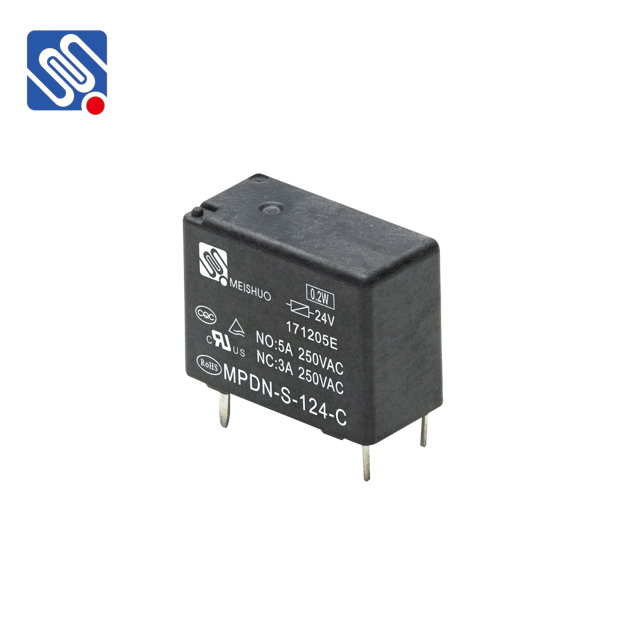In the world of modern electronics, power consumption and efficiency are critical factors driving innovation. With the increasing demand for energy-saving solutions and compact designs, low-power components are gaining significant attention. One such component that has emerged as a key player in these areas is the Low-power relay. This article delves into the working principle, applications, and advantages of low-power relays, highlighting their importance in energy-efficient and compact electronic systems.

What is a Low-Power Relay? A Low-power relay is a type of electromagnetic switch that operates with minimal energy consumption. It is designed to control the switching of electrical circuits using a much lower control voltage and current than traditional relays. Unlike regular relays that may consume higher power to activate the coil, low-power relays use specialized materials and design to function effectively with reduced energy input, making them ideal for battery-powered or energy-sensitive applications. The basic operation of a relay involves an electromagnet that activates a switch when a current is passed through its coil. In low-power relays, the electromagnet is engineered to work efficiently at lower power levels. This is achieved by using highly sensitive magnetic materials and reducing the resistance within the circuit. As a result, these relays can be triggered with as little as 3V or 5V, depending on the specific design.